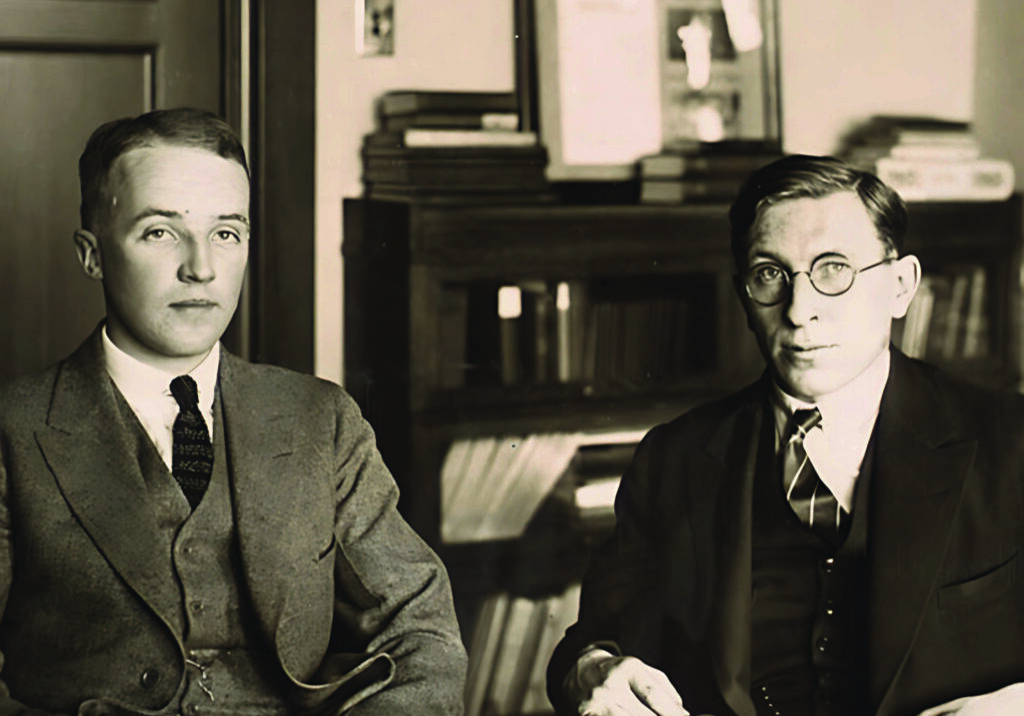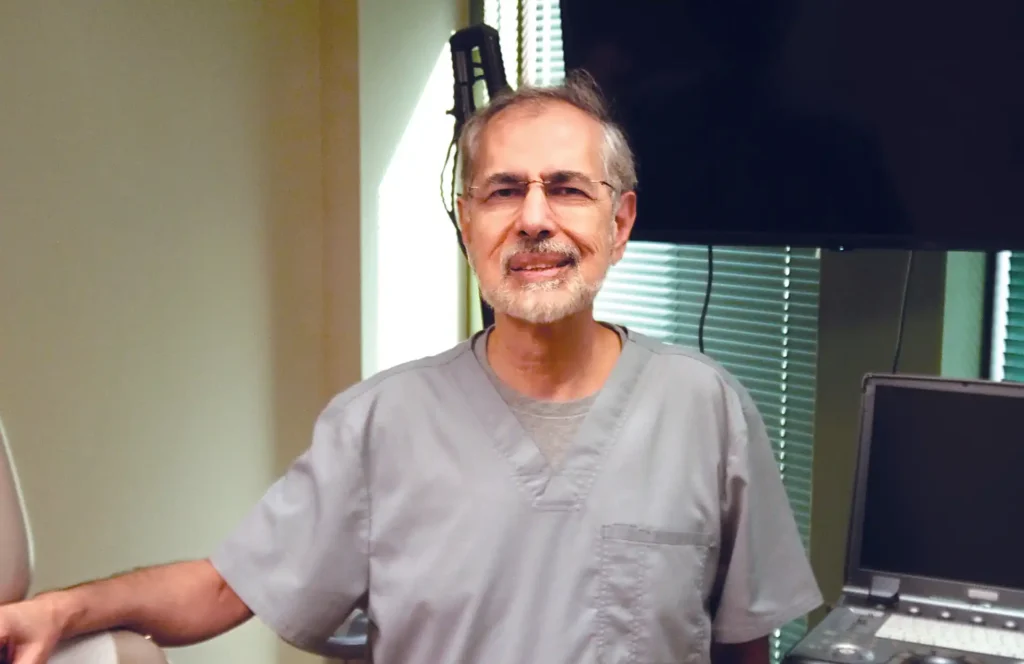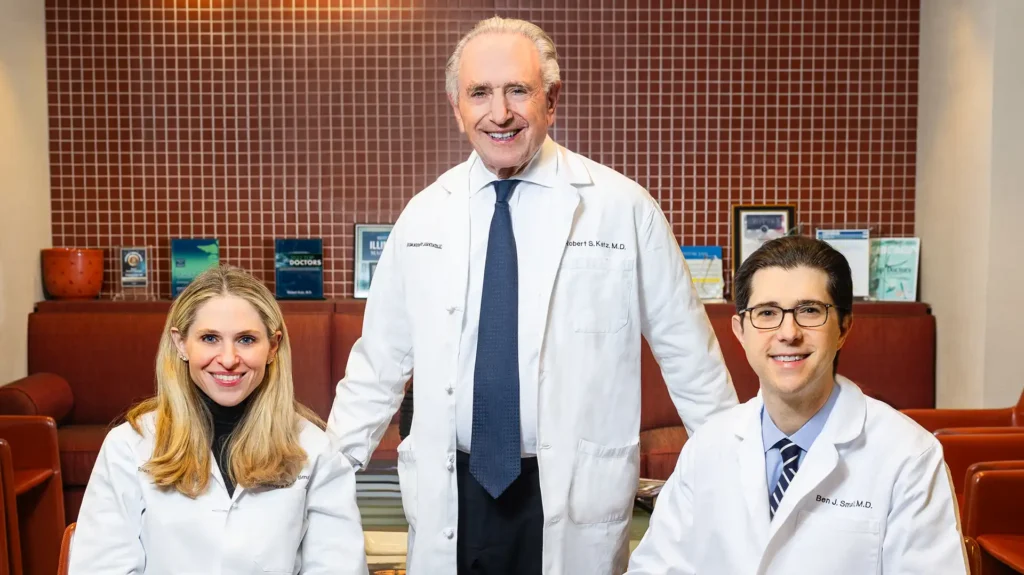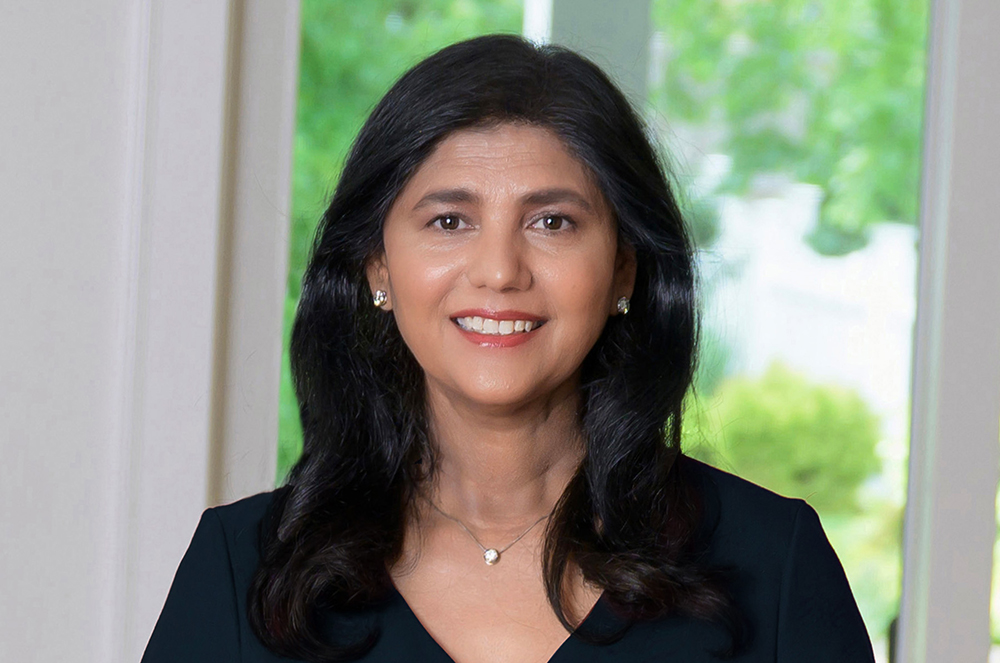
By Maureen Callahan
According to the International Diabetes Federation, approximately 537 million adults worldwide are afflicted with diabetes. November is the time of year when we pause to recognize this disease, with World Diabetes Day on November 14. Although it’s not a day to celebrate, it is a time to raise awareness of the condition and realize just how far we have come with treatment over the years.
Diabetes has two primary classifications –type I and type II. Persons with type I diabetes have an autoimmune condition in which they are unable to make insulin – a hormone produced by the pancreas that manages blood sugar levels. Type I diabetes typically develops in childhood or adolescence but can be diagnosed at any age. Type II diabetes tends to develop slowly over time. These patients produce their own insulin, but either make much less of it than needed or have cells that don’t react properly to insulin. Type II is more common in adults over 40 years of age but may also develop at any time.
90% of people inflicted with diabetes have type II, while only about 8% have type I. A small number of women are diagnosed during pregnancy with a third diabetic condition, known as gestational diabetes. This type of diabetes is detected through high blood sugar, typically early in the pregnancy. Often there are few symptoms. Gestational diabetes is usually treated with a healthy diet and lifestyle changes, such as increased activity.
Before the discovery of the insulin hormone, diabetes was a slow death sentence. Patients were placed on extremely strict diets that minimized their intake of carbohydrates, in some cases as low as 450 calories a day. This diet sometimes bought patients an extra year or two of life, but it wasn’t sustainable long term. Basically, these patients died of starvation.
It wasn’t until about a century ago that the idea of injecting insulin from animals into diabetics came into play. Researchers in the late 19th century made the initial discovery that removing a dog’s pancreas caused it to develop symptoms of diabetes and die soon afterward. As time went on, these investigators learned to extract insulin from the pancreas of one dog and inject it into another dog with diabetes.
Over time, a purer form of insulin was developed from the pancreases of cattle. In 1922, a fourteen-year-old-boy dying from type I diabetes in a Toronto hospital was the first person injected with cattle insulin. Within a day, the boy’s dangerously high blood glucose levels plummeted to normal levels. Success! The next year saw the scientists who initially researched insulin receive the Nobel Prize in Medicine.
For years, insulin extracted from pigs and cattle became the treatment for diabetes. While this method saved millions of lives, it also met with allergic reactions in many patients. The first genetically engineered synthetic insulin was produced in 1978, with the aid of E.coli bacteria. From there, pharmaceutical companies began to market biosynthetic human insulin.
The hormone now comes in many forms, from human insulin, identical to that produced by the human body, to ultra-rapid and long-acting varieties. In the past, insulin was administered strictly by needle. Today, it is available in several forms.
Tubeless insulin pumps are small, wearable pods that deliver insulin through a tiny needle. The pump is convenient, as it can be controlled wirelessly through a hand controller or smartphone app. American Olympic swimmer, Gary Hall Jr., kept his type I diabetes under control as he swam in the 1996, 2000 and 2004 Summer Games, with an insulin pump duct taped to his leg.
Inhalable insulin is a cutting-edge development which comes in the form of powder and is inhaled into the lungs through a device like an atomizer. It can then be absorbed quickly into the bloodstream to regulate blood sugar levels.
Over the last few decades, scientists have explored ways to reprogram liver cells to act as pancreatic cells which could therefore produce insulin. Research and clinical trials for this treatment are ongoing. If successful, this could be potential therapy for type I diabetes.
Although a cure has yet to be discovered, diabetes is a condition in which huge treatment strides are constantly evolving.
For more information, visit: Diabetes.org or BreakthroughT1D.org (formerly JuvenileDiabetesResearchFoundation.org)













